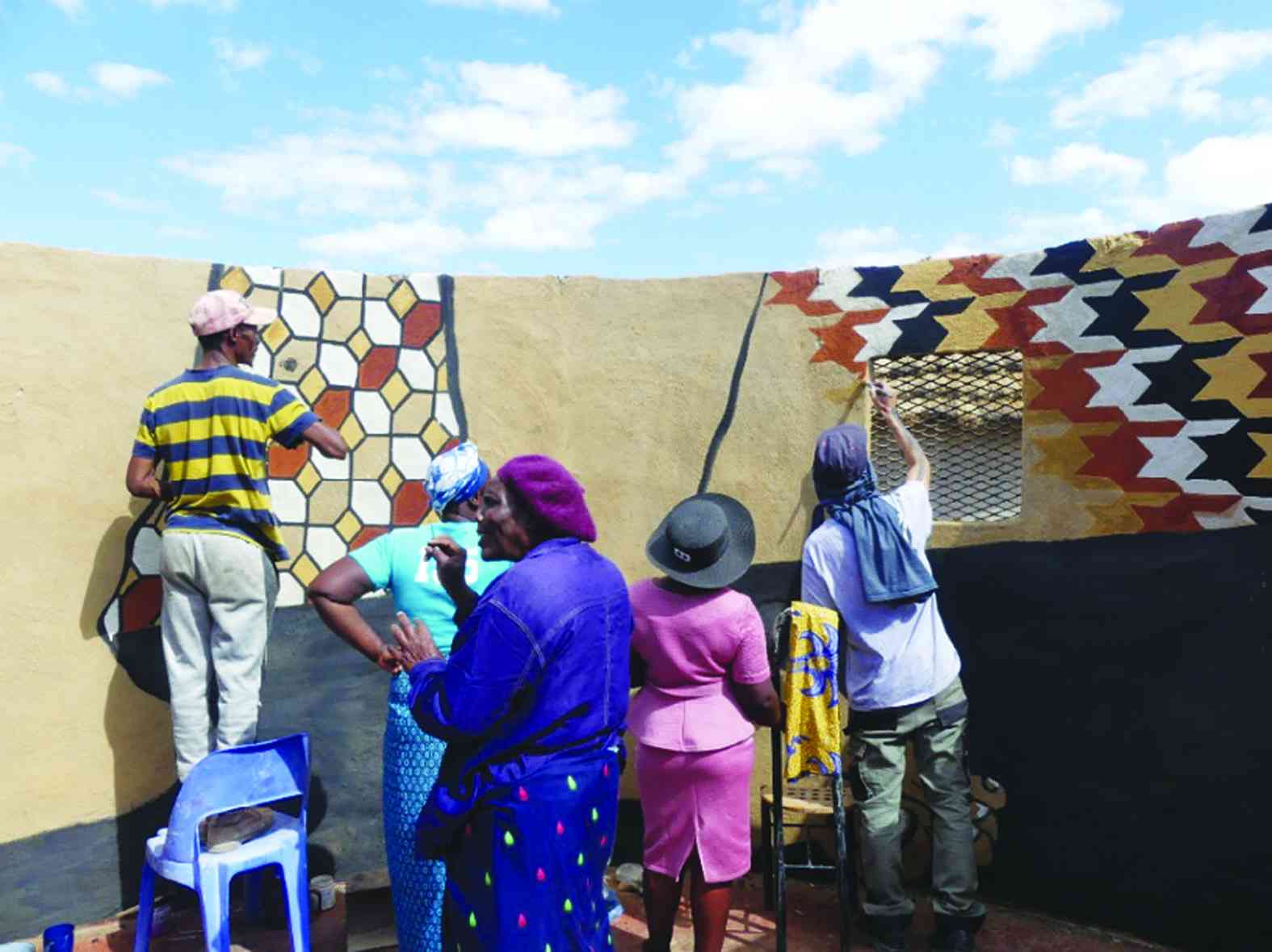
ZIMBABWE will only spend US$40 per capita (per person) towards health in 2023, much lower than the global average of US$1 080 per capita.
In the 2022 national budget, per capita health spending was US$74, but it later dropped to US$20 during the year. The 2023 national budget shows that the per capita health spending will be US$40.
The Parliamentary Portfolio Committee on Health and Child Care has already raised a red flag on the low health allocation for 2023, saying it is lower than World Health Organisation recommended threshold.
Presenting a post-budget report by the Health and Child Care Parliamentary Portfolio Committee in the last week, acting chairperson of the committee, Nicola Watson said the US$40 per capita was ‘way below the World Health Organisation (WHO) recommendation of at least US$84 per person, per year on health.’
“The committee is concerned that the trend in per capita spending in the last five years remained below the expected optimum level of US$104 under the National Health Strategy and the US$86 as recommended by WHO. Such low levels of per capita spending in healthcare indicate that health financing in the country is insufficient to guarantee adequate access and quality healthcare,” Watson said.
“This level of financing will leave them incapacitated to deliver their services. It is of concern that there is gross underinvestment in medicines. It is now normal for patients to buy basic medicines like painkillers; lack of medical supplies from hospitals have seen the mushrooming of pharmacies that are fleecing patients of their hard-earned cash.”
In its analysis of the 2023 health budget, the Community Working Group on Health (CWGH) said the Abuja target for Zimbabwe was elusive for the country.
CWGH said the country still spent a relatively small share of its gross domestic product (GDP) on healthcare, which is projected at 2,2% in 2023 up from 1,7% in 2022.
- Social commentary: Zim women face risks in giving life
- Bosso search for elusive away win
- Social commentary: Zim women face risks in giving life
- Toxic smoke chokes Karoi residents
Keep Reading
“Per capita health is, however, expected to increase to US$40 in 2023 up from US$20 in 2022. No country has made significant progress towards universal health coverage (UHC) without relying on a dominant share of public funds to finance health,” said CWGH.
CWGH said although the 2023 health allocations improved marginally from 10,6% in 2022 to about 11,2% in 2023 of the national budget, the health budget remained inadequate to fund the critical needs in the health sector.
The country still heavily relies on development partners for health financing, leaving a huge financing gap in the health sector.
“Government must continue to explore options and possibilities for greater domestic resource mobilisation and the introduction of a national health insurance scheme to ensure universal health coverage. Currently only about 7% of Zimbabweans have access to medical insurance and this number is insufficient to ensure decent public healthcare. No country can prosper without a healthy citizenry,” CWGH said.
In 2020, Zimbabwe’s per capita health spending was US$21, a sharp drop from US$57 in 2017. Low per capita health spending puts the country at risk of failure to combat diseases, and child and maternal mortalities.











